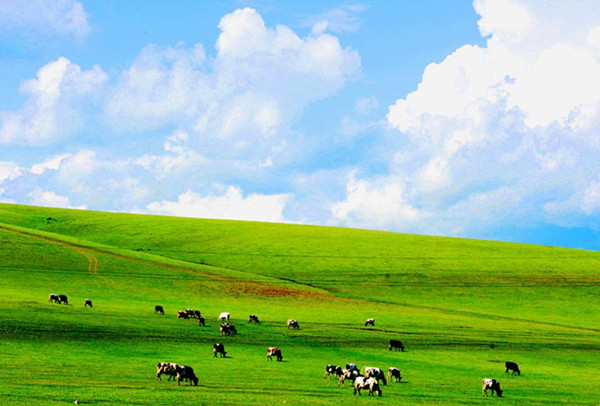
Inner Mongolia is famous for both beautiful landscape and cultural symbols. [File hoto]
Ten cultural symbols reflecting Inner Mongolia's image, identity and values are being promoted by the Information Office of the Inner Mongolian government.
The "10 symbols" released are: the prairie, Ma Tou Qin, the festival, Yurt, Genghis Khan, Little Sisters of the Grassland, Mongolian writing, Aobao, Mongolian horses and the Hongshan Jade Dragon.
The Inner Mongolia Academy of Social Sciences conducted a research project in 2013 on the "national cultural construction of Inner Mongolia", culminating in Wednesday's launch.
Academy dean Ma Yongzhen said the project took more than a year to complete, reducing an initial 210 symbols to 30 using a questionnaire and then the final 10.
Yi Song, vice president of the academy describes the "10 symbols" in more depth.
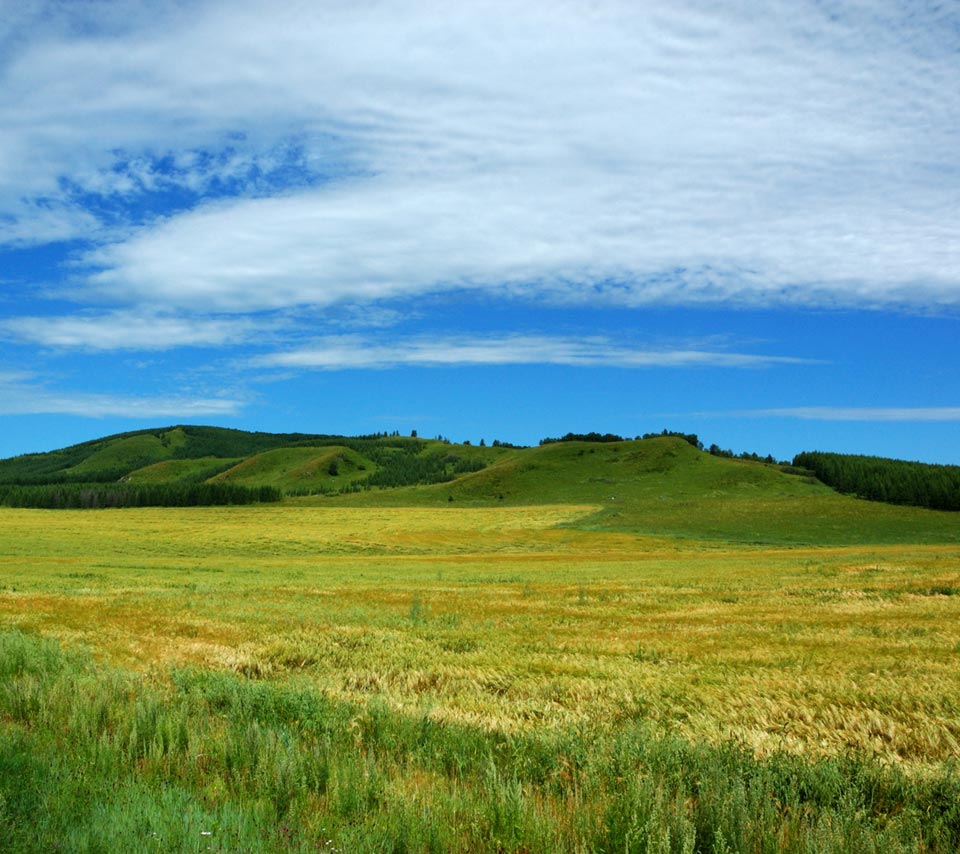
1. Prairie
East of the Da Hinggan Mountains, West of the Gansu corridor, with undulating stretches and distinct seasons, lie the Prairie lands. The region covers 1.32 billion acres of grassland, accounting for 22 percent of total grassland. With the savannah being the most prominent other famous Inner Mongolian prairies include Xilin Gol, Hulun Buir, Horqin, Wulanchabu, and Ordos.
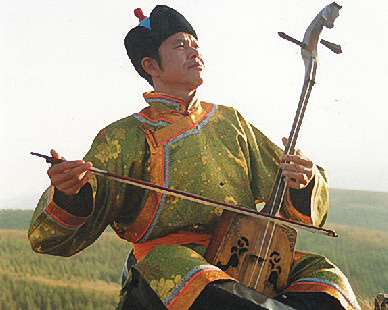
2. Ma Tou Qin
Called chaoer, in Mongolian, it's a stringed instrument, named because there is a carved horse's head at the top. The deep, rough and passionate sound that comes from the Ma Tou Qin embodies the spirit and energy of Inner Mongolia. Its importance lies beyond the simple instrumental function; it's an artistic symbol of Inner Mongolian music.
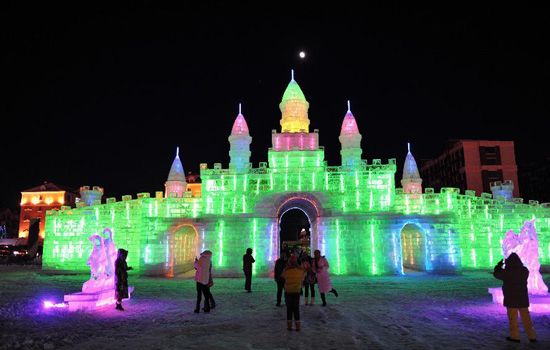
3. The Festival
Meaning entertainment or gaming in Mongolia, traditionally known as the “RI” included are the summer festival, ice and snow festival, tourism festival and the international festival competition. Through horse races, archery, athletics, ceremonies, shows and performances the modern festival has been brought to a whole new level.
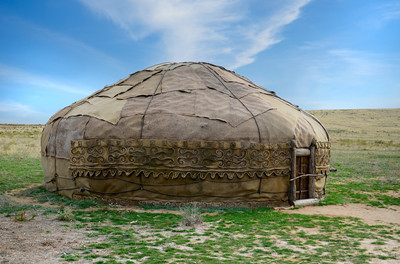
4. Yurt
A tent-like domed shelter, usually covered with a wool blanket. It's a traditional Mongolian nomadic building and represents the steppes people's traditional way of life. The yurt, as a symbol of the nomadic lifestyle, surpasses utility and artistic value, attracting tourists and introducing a cultural blend.
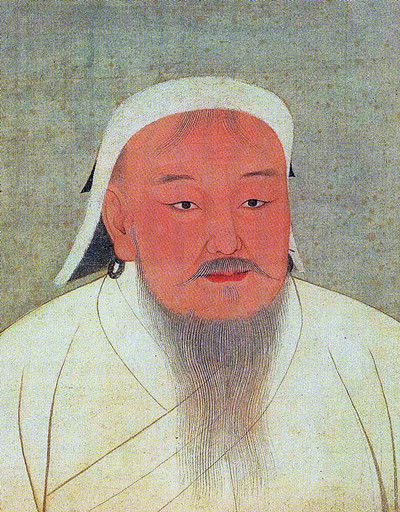
5. Genghis Khan (1162-1227)
In the spring of 1206, the emperor became Mongolia's first Khan of Khanate, laying the groundwork for the Yuan dynasty. He unified the Mongolian plateau tribes, completed national reunification and now stays in the hearts of Mongolians as a deeply respected ancestor.
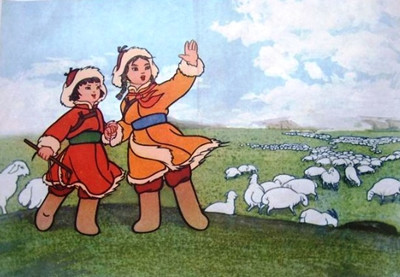
6. Little Sisters of the Grassland
In February 1964, Mongol sisters Long Mei and Yu Rong found themselves in a snow storm while grazing sheep for the commune. In an attempt to protect the sheep they risked their lives fighting the blizzard for a whole day, sustaining multiple injuries. After that, they became known as heroines of the grassland throughout the country.
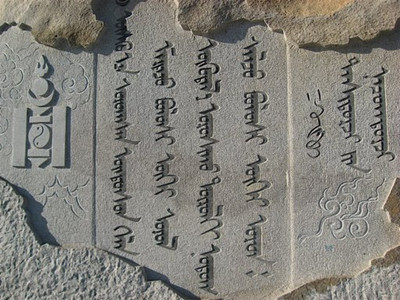
7. Mongolian writing
Created in the 13th century, Mongolian writing was used to record the phonetic system. It is one of the few languages that use vertical text and represents the rich cultural and historical importance of Mongolia and its people.
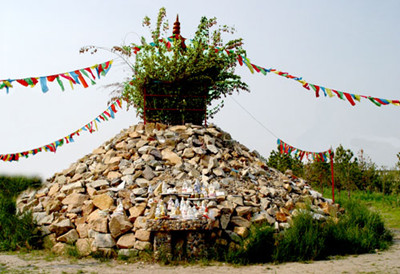
8. Aobao
Mongolian for "heap" or "package", Aobao is a worshipping element. Mongolians use stone, wicker, wood, grass and other natural elements to build a cone-shaped construction. Forms of worship include "red offerings", "white festival", "jade festival", "fire festival" and so forth. The main aims of offerings include worshipping heaven, Earth and ancestors, hoping for favorable weather, animal prosperity, peace and prosperity. It represents a "respect for nature, the pursuit of harmony, and separation of harmonic".

9. Mongolian horses
Native to the plateau, Mongolian horses are small, but come with a fearless battle attitude and have proven to be dependable war horses. Mongolian horse culture is based on skills, knowledge, aesthetics, belief and an organic part of the grassland people's spiritual life.

10. Hongshan Jade Dragon
This jade dragon was discovered in 1971 in Chifeng city, Samsung Tara. It's 26 cm tall and, so far, the largest known jade dragon. Named the "China Dragon" by the archaeological community, it is the largest known jade in the Hongshan jade culture, the highest level of artistic and academic value.

